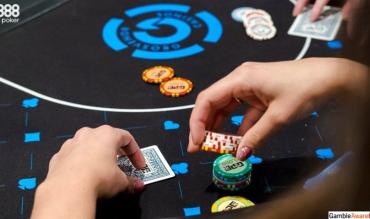Updated on June 9, 2025
Poker is a strategic game in which players must make calculated decisions to collect as many chips as possible from opponents. That can mean using aggression, deception, bluffs, and other manoeuvres to take down as many hands as possible.
Check-raising is one of those poker tactics. As the name implies, it combines one of the two options available to players: checking and raising.
This move can be great at specific times, putting opponents on defence and helping build a pot when you have a solid hand.
Keep reading to learn more about the check raise in poker and how to use this skill in your poker games.
What Is a Check Raise in Poker?
Poker players generally have three actions they can take at any one time, including:
- Checking – Passing the action to the next player.
- Betting – Making a bet of a particular amount.
- Calling – Matching the bet of another player.
- Raising – Increasing the size of a bet already made by an opponent.
- Folding – Throwing your cards away and getting out of the hand.
Check-raising combines two of these and occurs when a player checks the action to allow another player to bet. If a player’s instincts are correct, then that opponent will bet.
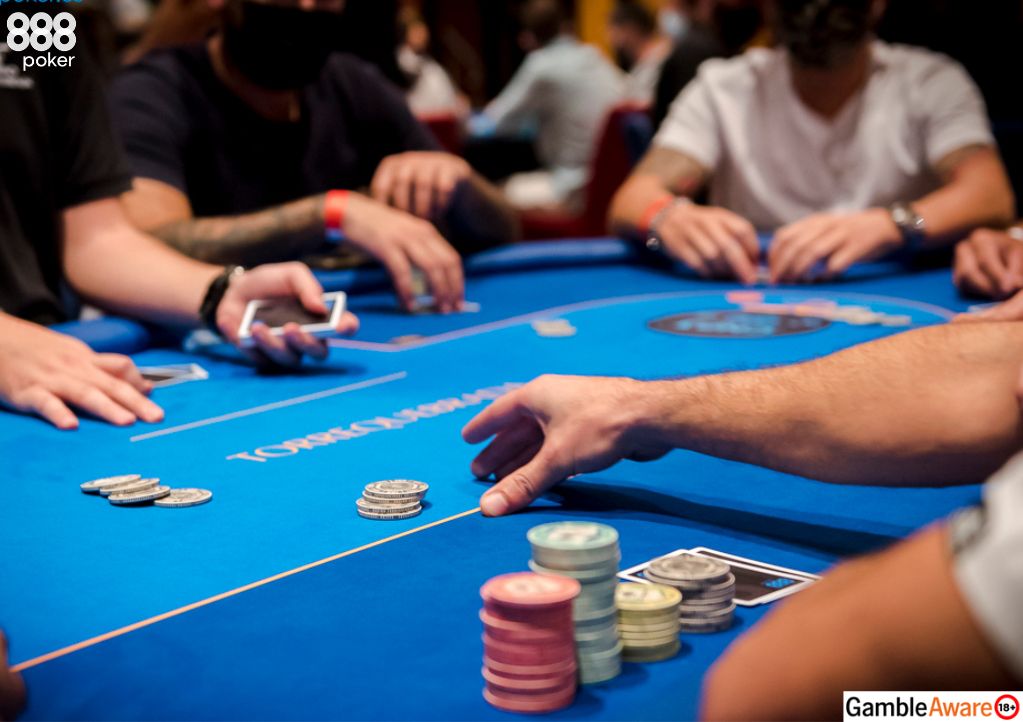
Rather than calling, the player who checked puts in a raise when the action comes back around. Their opponent who made the bet can call, fold, or even reraise – if they feel that the check-raiser could be executing a poker bluff.
The latter comes with some challenges for the check-raiser.
Check-raising is deceptive or sneaky since it combines passive (checking) with aggressive (raising) action.
| Note that a check raise can only occur when out of position. If a player is in position, checking will automatically move the hand to the next street. |
For example, consider a $1/$3 cash game where a player calls from early position with 3♠️3♥️, with two other players calling from middle position and on the button. The flop then brings A♣️2♦️3♣️
Imagine that the player in early position has a strong poker hand. They may bet or simply check, hoping that one of the two opponents may have an ace and will bet.
The early-position player can raise the bet to build the pot even more. The original bettor may call, adding even more chips to the pot.
The above considerations are huge when asking, “What is check raise in poker?”
How to Check Raise as Part of Your Poker Strategy
Several factors should be considered when contemplating using a check raise. Why not bet instead of going for a check raise?
Here are a few considerations.
- Check-raising gets more money into the pot when successful.
- Check-raising is effective at exploiting players that bet too wide in position.
- Check-raising may put opponents on the defensive.
For example, if our opponent fires a continuation bet on the flop too aggressively, check-raising will exploit this GTO poker leak much more than betting.
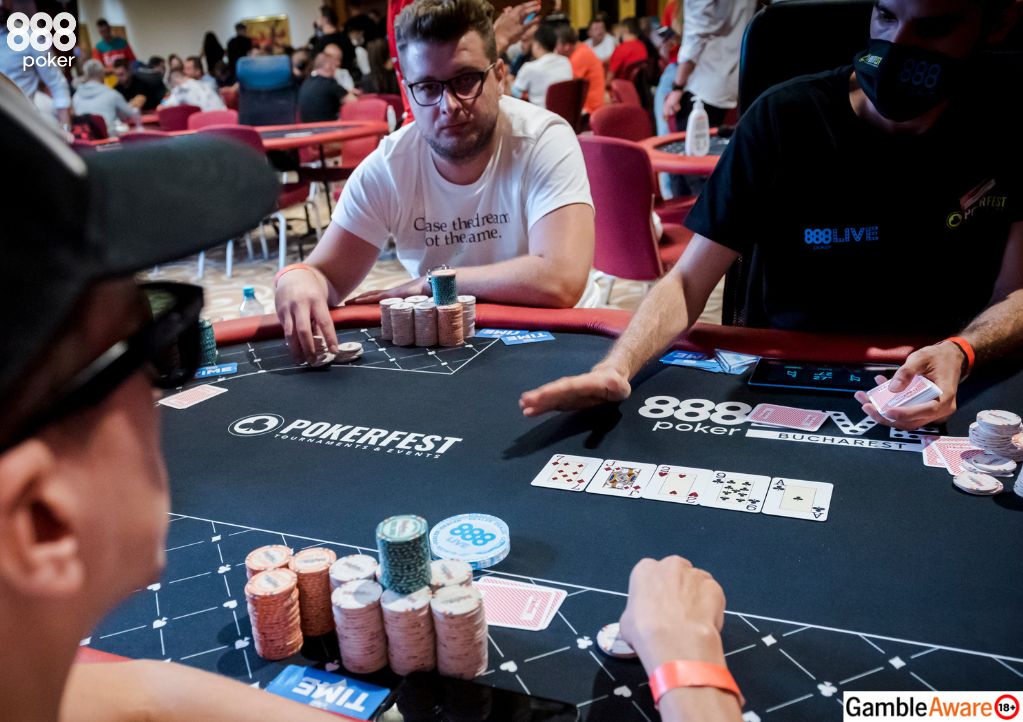
When to Check Raise in Poker
So now that you know what a check raise is, knowing when to use this manoeuvre is crucial.
Here are a few situations when a player may choose to check raise:
- To build the pot: Possibly winning more when a player has a strong hand.
- To take advantage of an aggressive player: A check raise does not help build the pot but may slow this player down.
- To show hand strength: An opponent with a drawing hand may choose to fold rather than lose more chips.
A check raise can also be part of a semi-bluffing strategy. For example, imagine a player has a hand like A♠️7♠️and sees a flop like K♠️Q♦️J♠️
This player’s poker probability of winning includes the nut-flush draw and an inside a straight draw if a Ten hits the board.
- If this player senses an opponent may not be too strong but is likely to bet, a check may be in order.
- If their opponent bets, this player may want to put in a sizable check raise.
The bettor must decide whether to call or fold. A re-raise may be unlikely if this player has mediocre holdings. If that player folds, the check raiser picks up a pot they might not have necessarily won otherwise, despite a strong drawing hand.
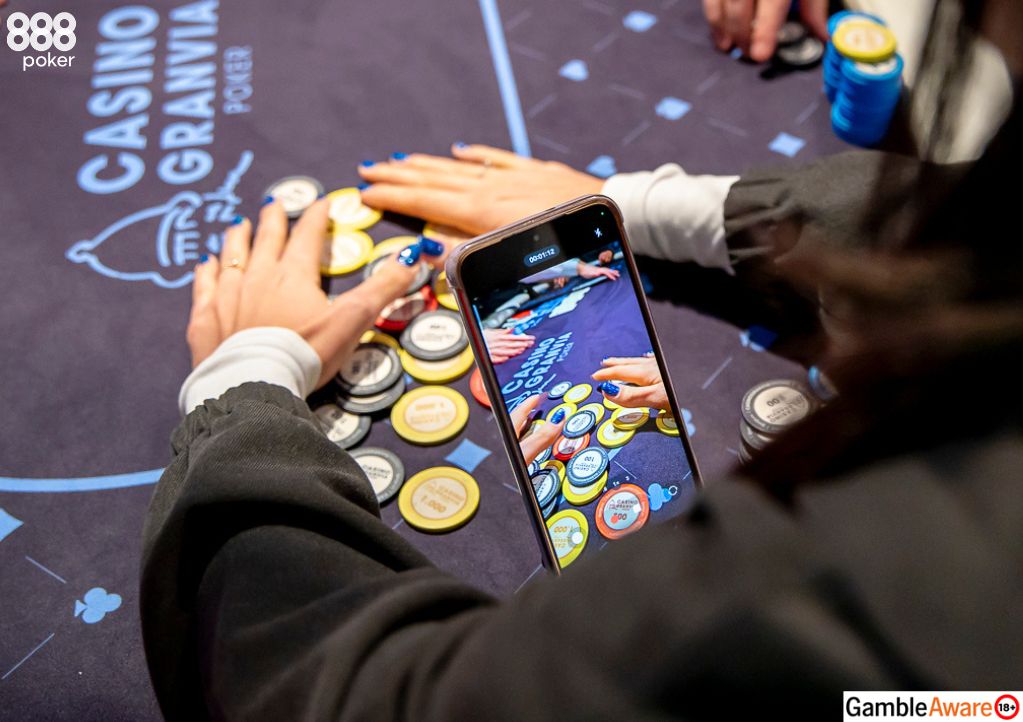
If the opponent calls, the player still has plenty of outs to draw that nut flush, possibly a straight. They may even win the hand by hitting an ace on the turn or river.
If no help comes on the turn, they must decide whether to fire another bullet. Betting here on the turn shows strength and could convince the opponent to get out of the hand.
When the Check Raise in Poker Gets Called
If that player’s opponent calls the check raise, they have yet another opportunity to improve on the river. If that spade hits on the river, they can take down a much bigger pot.
If that doesn’t happen and the poker board looks scary, they can bluff or check and give up on the hand.
Check-raising with a semi-bluff opens options and a chance to win a sizable pot. Remember that having insight into how an opponent might react to a simple check is critical.
Examples of Check Raise in a Sentence
Having the check raise in your arsenal gives you a powerful tool. However, a check raise can go wrong if your opponents become more aggressive and turn the tables.
Here are a few examples of how to use the poker term in a sentence:
➔ I bet the flop after my opponent checked, but he hit me with the check raise.
➔ Julio was an aggressive player who was always eager to put chips in the pot, so I chose to check raise with my strong hand.
➔ I had the nut flush draw, so I check-raised to see if James would fold after his initial bet.
➔ If you sense weakness in an opponent, check-raising may catch him in a bluff and give you a chance to win a chunk of his chip stack.
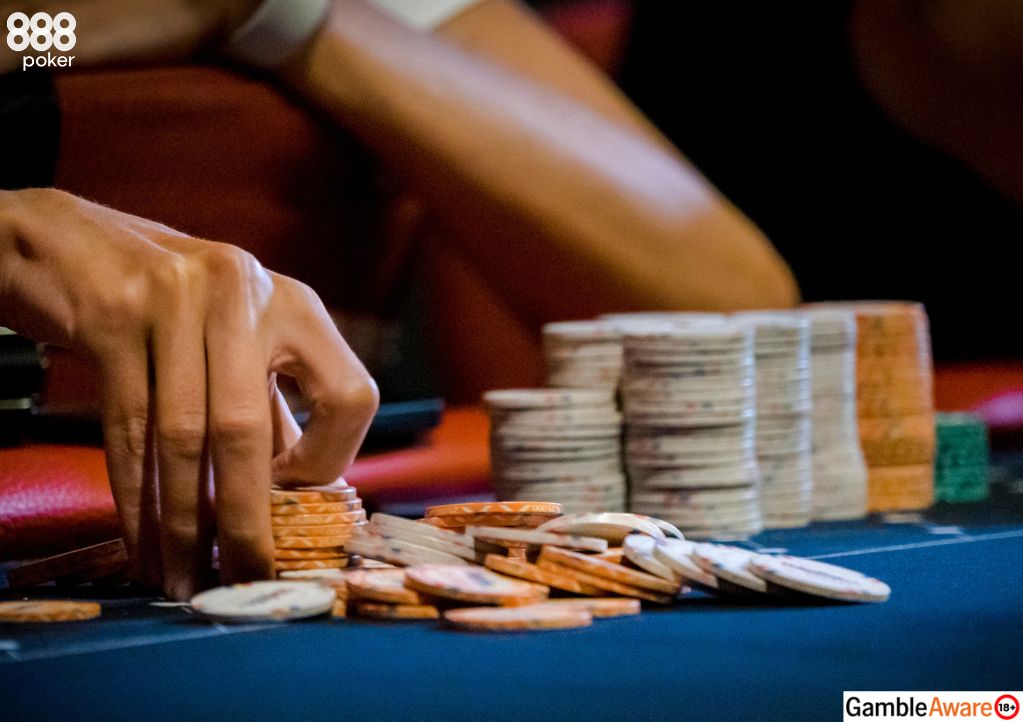
Check Raise in Poker – Conclusion
A check raise in poker can accomplish several things –
- Getting opponents to fold
- Building a pot
- Showing strength
- Semi-bluffing to take down a pot or improve for an even bigger win
This tactic can be a simple move that can return big dividends. A check raise can throw opponents off their game and give them doubts about the strength of their holdings.
Mixing in an occasional check raise is good for your game.
It’s also essential to realise that a check raise isn’t foolproof. An opponent may hit a bigger hand or already have the goods, putting the pressure on with a re-raise.
Use your best instincts and poker skills when making a check raise.
Make sound decisions based on the best information about other players at the table.
See Also
